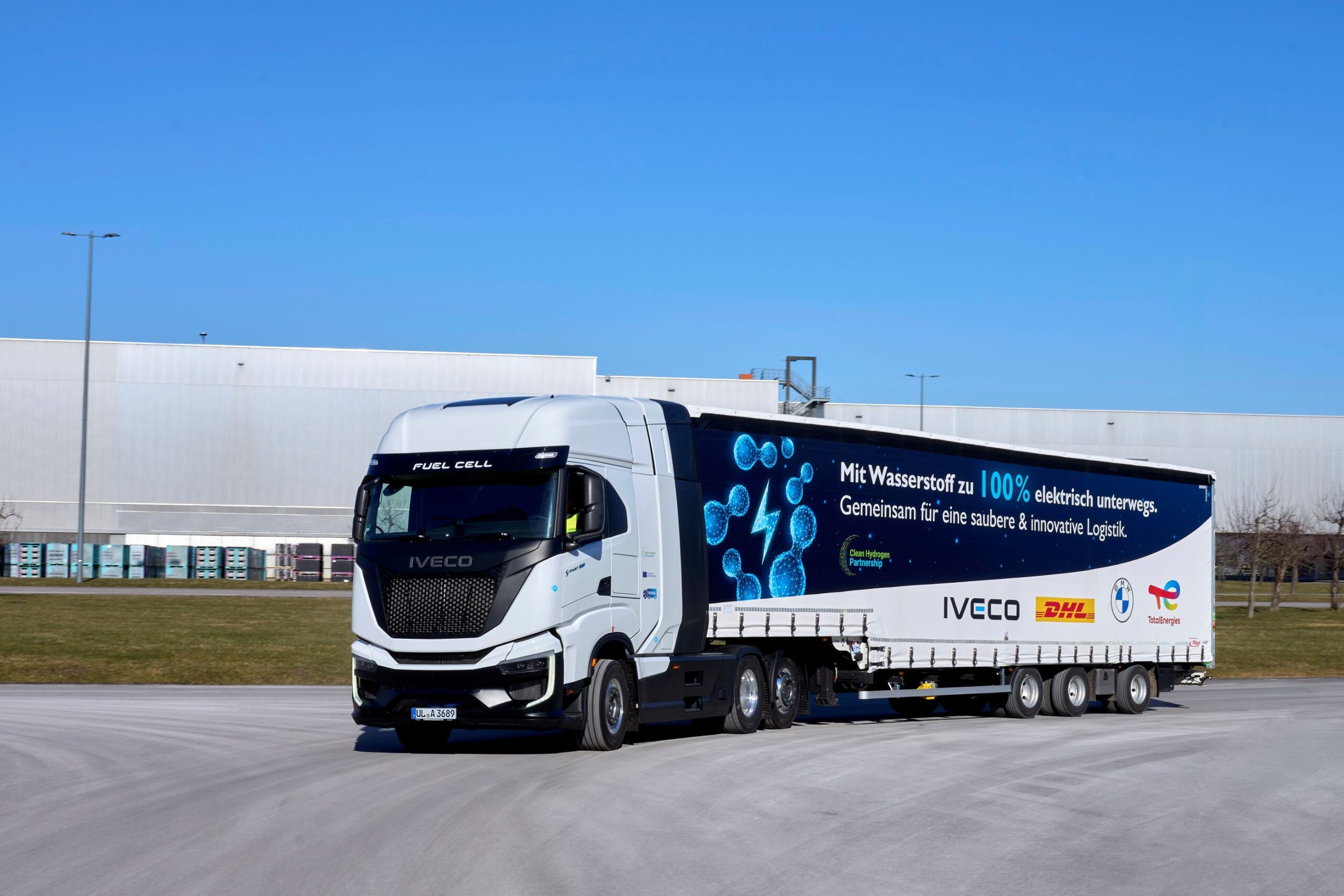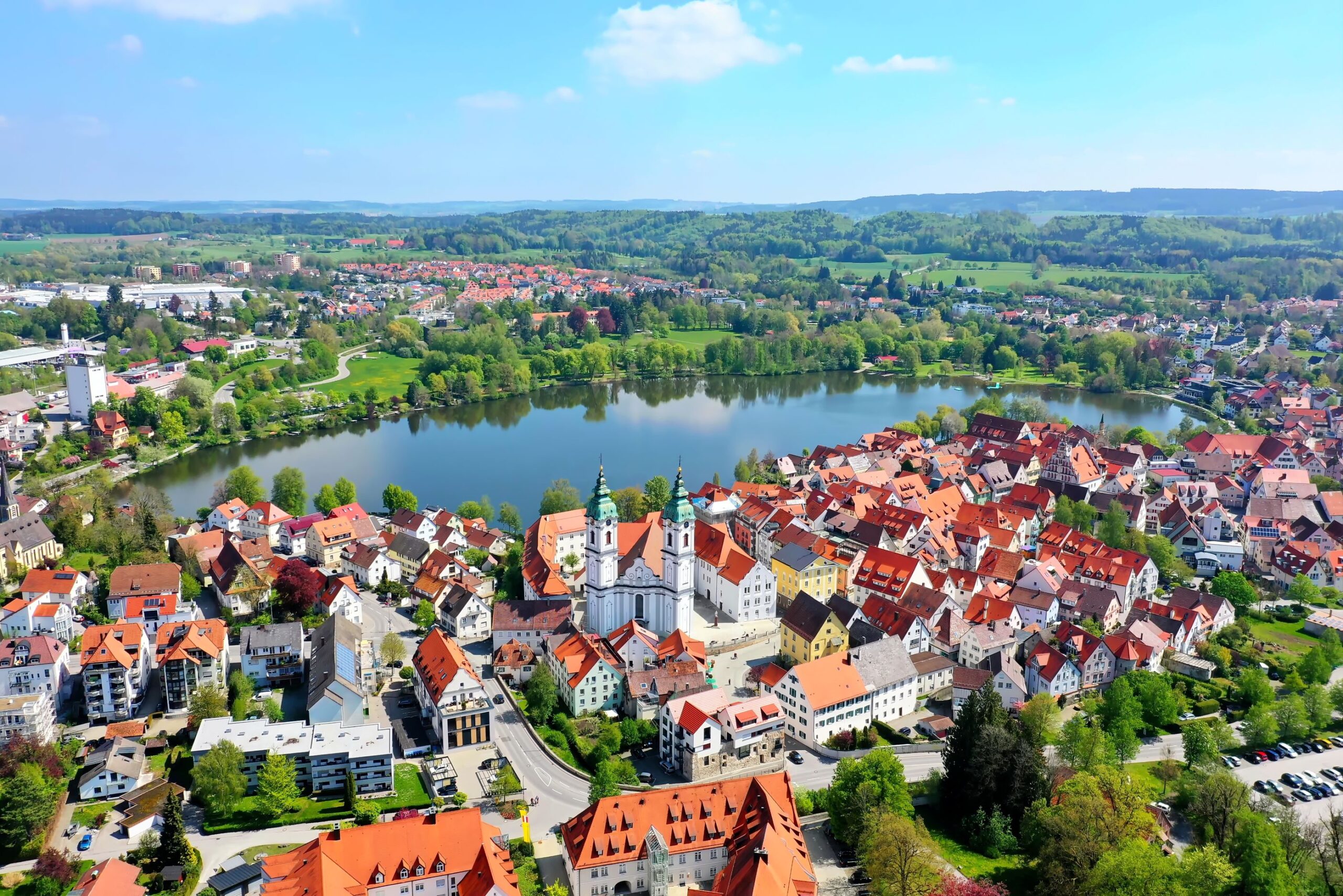5 upcoming hydrogen projects across Europe
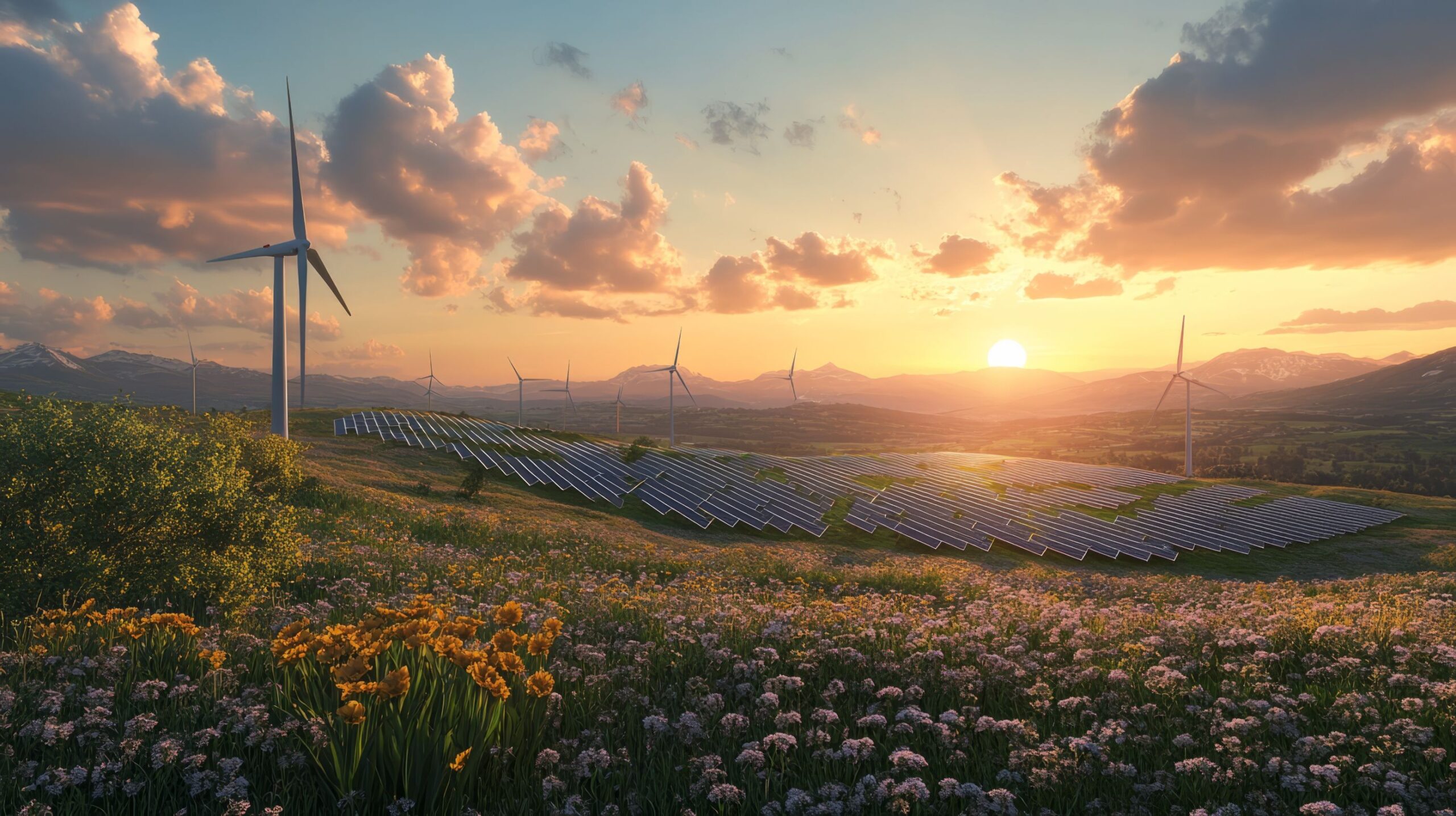
The EU has set priorities of increasing its production of renewable hydrogen. Credit: Adobe Stock
Through the EU’s ambitions to deploy hydrogen technologies and increase hydrogen production, Cat Vitale gives a run down of the five largest upcoming hydrogen projects across Europe.
The European Union has demonstrated a big push towards renewable energy sources and aims to create a hydrogen pipeline connecting major players across the region.
Carrying a large potential , the hydrogen sector has the ability to decarbonise major energy intensive sectors like transport and manufacturing, while aligning to net-zero goals in the industry.
The EU has priorities of producing renewable hydrogen with aims set of producing 10 million tonnes and importing 10 million tonnes by 2030.
By 2050, renewable hydrogen is to cover around 10% of the EU’s energy needs, so with that comes the potential for both investment and new innovations. The EU has launched many funding and research and innovation initiatives on hydrogen, enabling companies to collaborate on such projects.
A special mention should be given to CIP, who have demonstrated a large push to support hydrogen projects and renewable energy investments. The Danish investor, as highlighted below, has outlined two major projects in its green investment pipeline which includes Project Anker and the Danish Hydrogen Island.
So, let’s take a look into the largest upcoming hydrogen projects to be implemented across Europe in the future.
Anker project, Friesen Elektra Green Energy & CIP – 800MW (Germany)
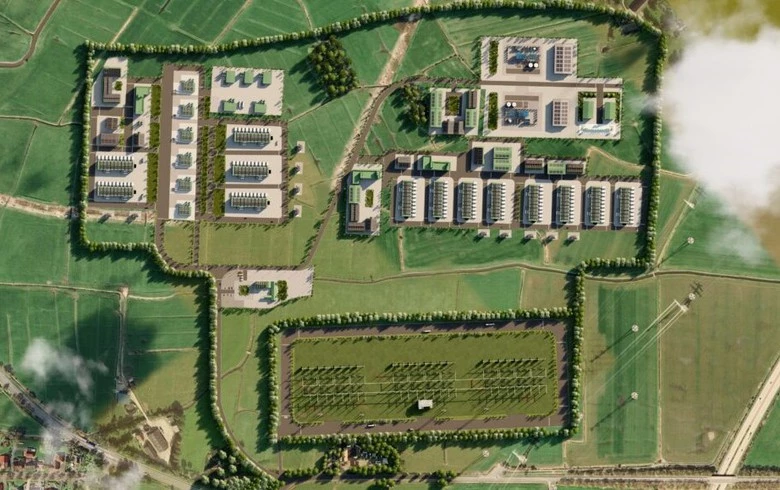
Credit: Freisen Elektra
Project Anker, which is estimated to have a 400MW electrolysis capacity, with plans to extend to 800MW, will feature a green hydrogen production facility in Sande, Northern Germany.
Through its commitment to an increased renewable source output, CIP has noted that its new complex will seek to produce 80,000 tons of green hydrogen annually.
Noted by CIP, the project has the potential to reduce CO₂ emissions by up to 2.4 million tons annually, aligning their plans with decarbonisation goals set by the EU.
Project Anker is set to feature a varied network of renewable energies which includes offshore and onshore wind, as well as solar energy.
Hyval project, BP- 2GW (Spain)
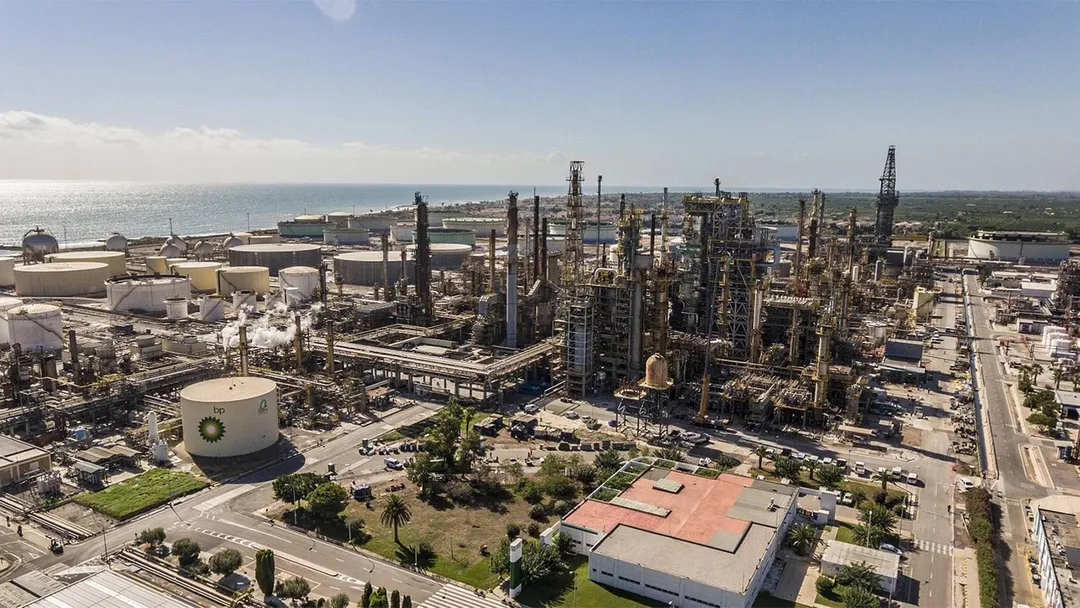
Credit: BP
The project is set to feature “world scale” hydrogen production at bp’s Castellón refinery with production totalling to 2GW of electrolysis capacity by 2030.
BP have stated that through this plan they aim to make Valencia region a leader in green hydrogen production, with potential earmarked investments of €2bn depending on progress.
Supporting decarbonisation of the refinery the facility is set to increase production of biofuels by three-fold to 650,000 tonnes per year.
The green hydrogen produced by the facility is set to enhance energy intensive sectors across the region including the ceramic industry, chemical industries for the production of green ammonia and in heavy transport.
Andalusian Green Hydrogen Valley project, Moeve (formally Cespa) – 2GW (Spain)
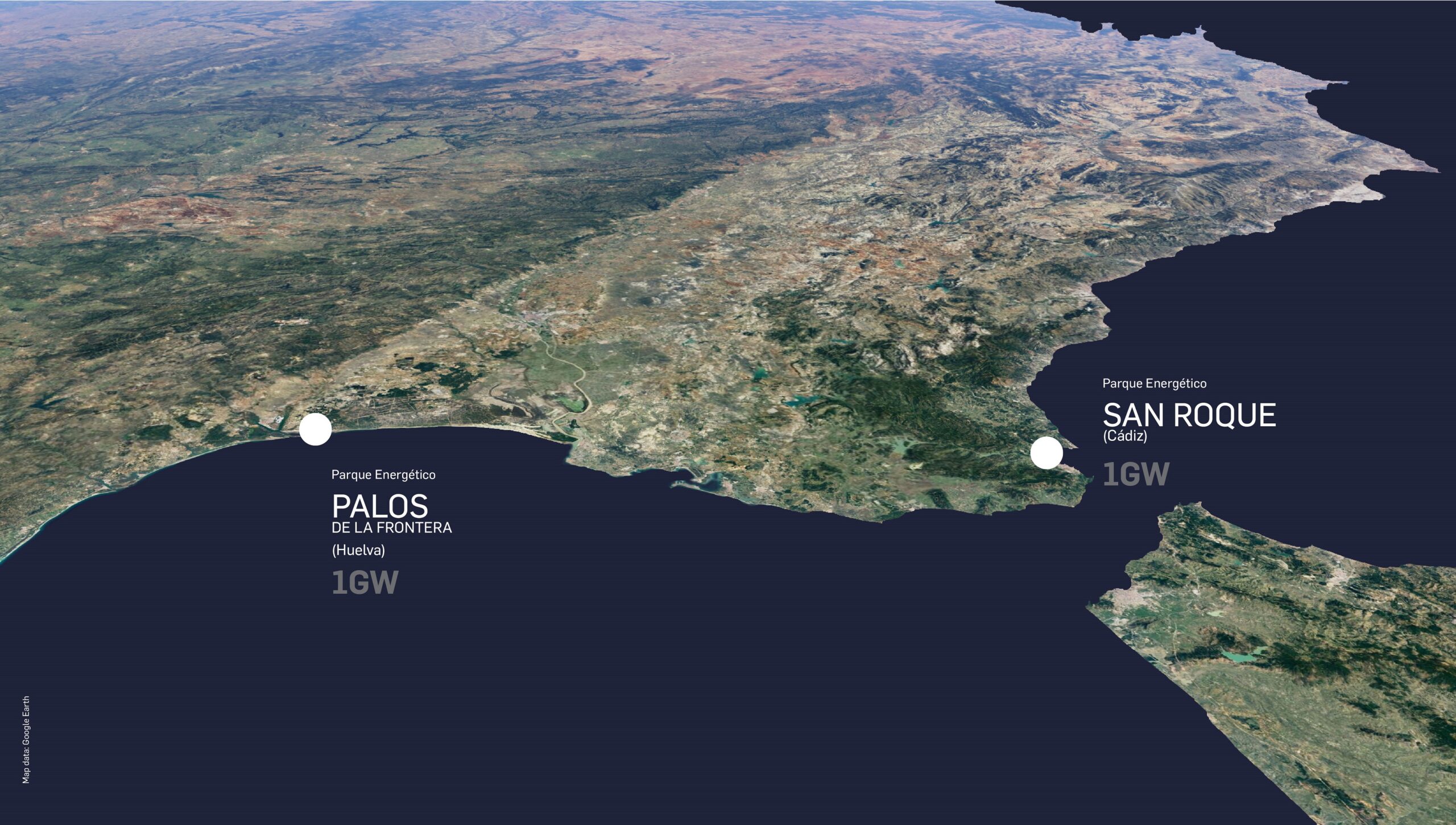
Credit: Cepsa
The project, which features over €3bn of investment, will oversee construction of two facilities – based in Huelva and Campo de Gibraltar. The facilities are set to contain a combined electrolysis capacity of 2 GW with aims of producing up to 300,000 tonnes of green hydrogen a year.
Maintaining the company’s predominant focus on green hydrogen, the project will align with green hydrogen goals set by the Spanish government.
According to Moeve, the Green Hydrogen Valley project will transform Andalusia and Spain into a “European energy power”.
BrintØ (Hydrogen Island) – CIP: 10GW (Denmark)
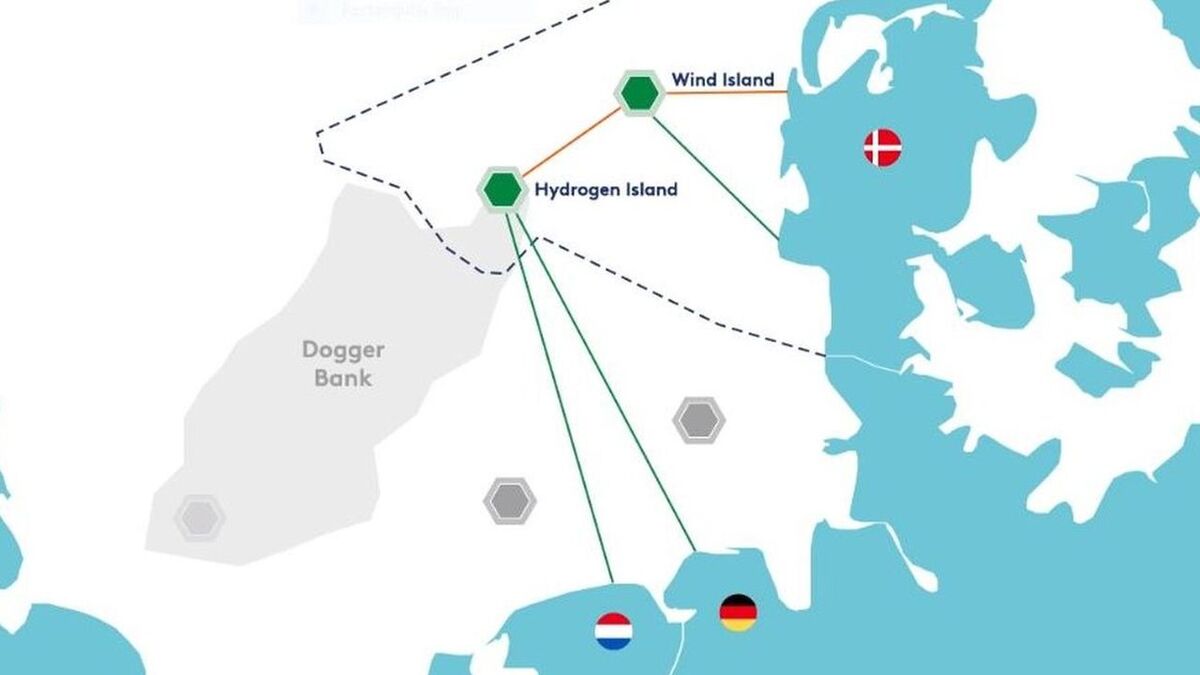
Credit: CIP
In 2022, Danish investment firm Copenhagen Investment Partners announced plans to create an artificial island featuring a 10GW hydrogen capacity. The project, which will be built on the Danish part of the North Sea, is expected to produce up to one million tonnes of green hydrogen per year.
According to CIP, the output from the island will correspond to 7% of Europe’s hydrogen demand by 2030. Strategically placed on a 20,000 km2 sandbank, the area is aimed to provide the “best conditions” for producing low-cost green electricity.
Focussing on four main elements, the island will provide services for: offshore wind, an artificial island, Power to X facilities and a hydrogen pipeline for exports.
Green H2 Atlantic project – HYTLANTIC – 100MW (Portugal)
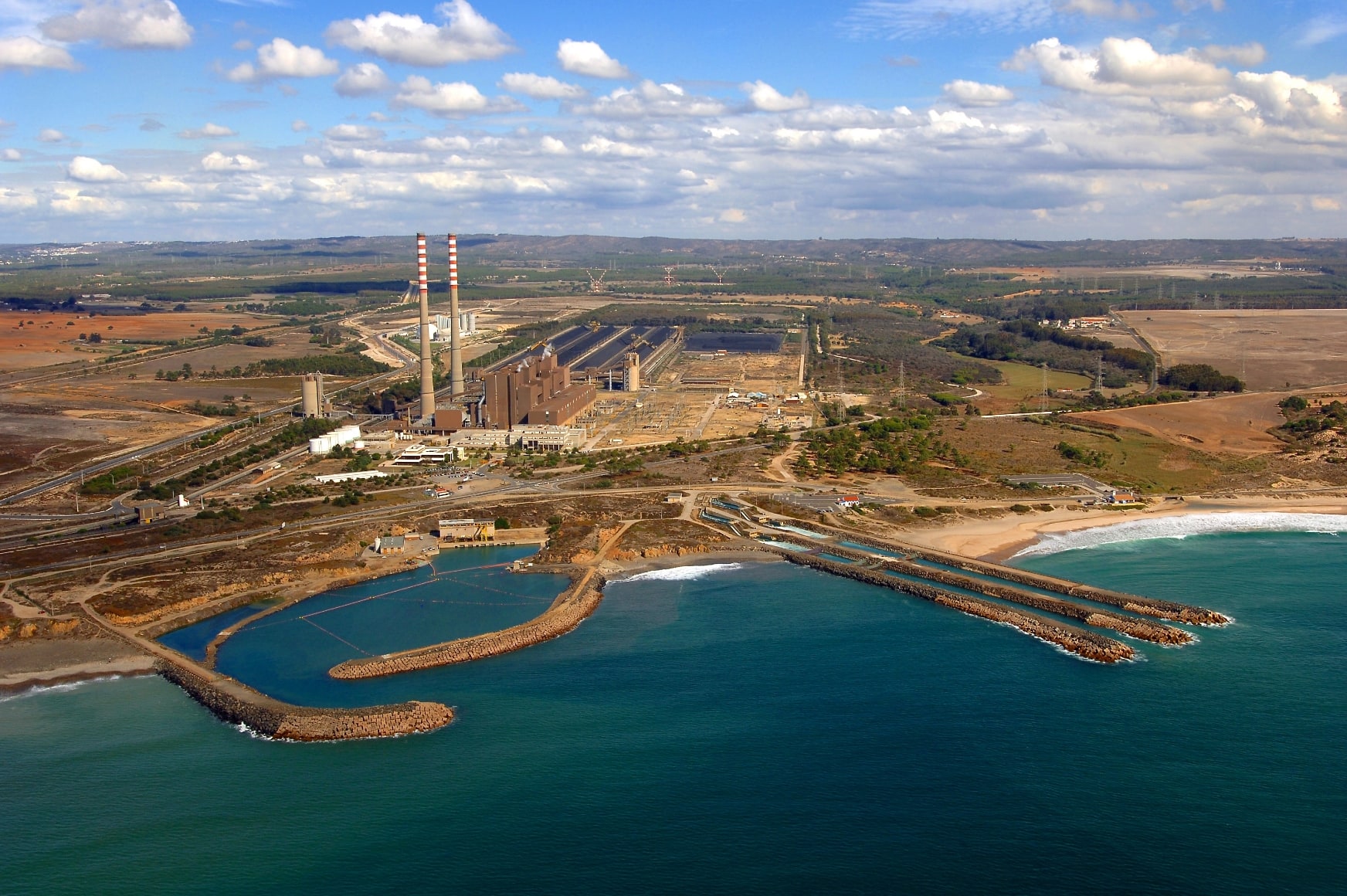
Credit: Green H2 Atlantic
The GreenH2Atlantic project, which is being supported by the HYTLANTIC consortium, will oversee the creation of a 100 MW hydrogen production hub in Sines, Portugal. The project, which features a consortium of 12 EU members, was awarded €62m by the Innovation Fund and will aim to produce 10,000 tonnes of green hydrogen.
By replacing the former coal-fired power plant with a renewable hydrogen production hub, the offset project is aligning with EU goals of reducing reliance on energy intensive fuels.
Through the use of wind and solar renewable electricity sources to supply hydrogen to the Sines refinery, the power source will blend into the natural gas grid.
In January 2025, ERM, a European sustainability consultancy, supported the HYTLANTIC joint venture. The project was one of eight hydrogen production proposals invited to the grant agreement phase.
